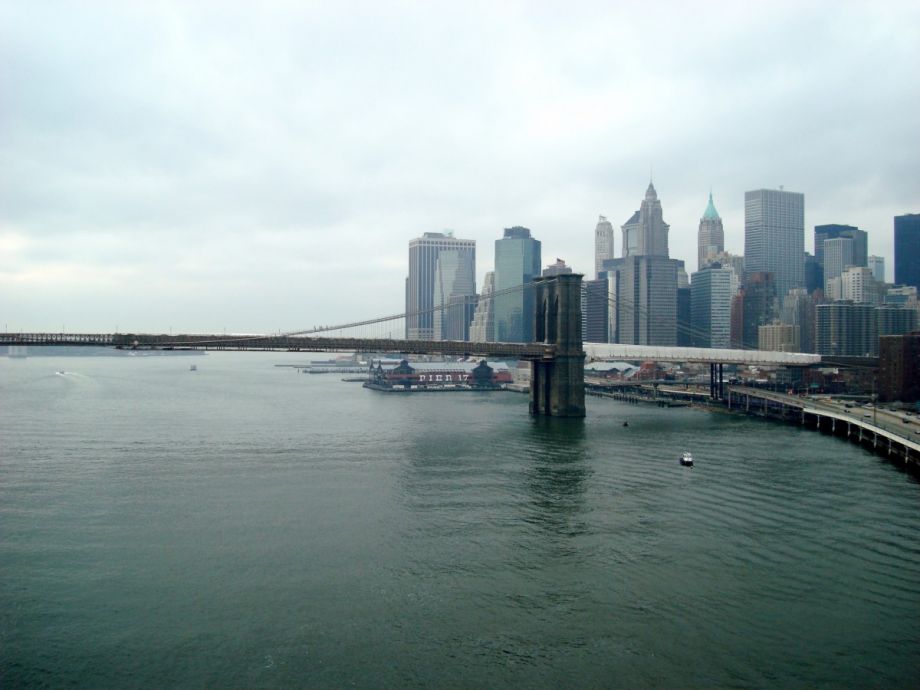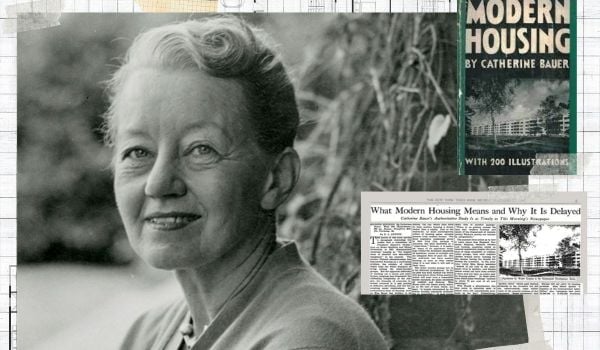Last month, New York City Mayor Bill de Blasio announced a $41 billion plan to create 80,000 new units of affordable housing and preserve 120,000 more over the next ten years. In an accompanying press release, de Blasio called it “the most expansive and ambitious affordable housing agenda of its kind in the nation’s history.”
It is also one of city’s most significant commitments to long-term resiliency.
Throughout the 117-page plan, the Mayor’s office lays the foundation for important resiliency programs in both new affordable housing construction and the retrofitting of existing housing stock. “Resiliency has been a fundamental part of the housing plan from day one,” says Dan Zarilli, director of the Mayor’s Office of Recovery and Resiliency.
For new housing stock, the report identifies resilient, long-term opportunities that can be created by decking over existing infrastructure, as well as by building new coastal protection devices.
Decking over existing infrastructure, like rail yards, would allow for elevated in-fill development, increasing the city’s density and ensuring that vital mechanical services remain out of harm’s way during flooding.
New coastal protection infrastructure could mean anything from upgraded bulkheads to storm-surge barriers to the parkland berm planned for Manhattan’s Lower East Side. These would not only protect new construction from storm surge, but also keep older buildings safer.
“We think this is a moment for the city to take a bold approach to resiliency planning,” says Christie Peale, executive director of the Center for New York City Neighborhoods.
In terms of existing housing stock, the plan focuses on affordability. Redrawn FEMA maps have added 29,000 new residential properties and approximately 180,000 residents to the city’s high-risk insurance zones. These residents will face substantially increased premiums for flood insurance moving forward. Furthermore, the FEMA-approved measures that these homeowners can take to reduce their risk, such as elevating the ground floor and all building systems, were conceived with free-standing single-family homes in mind, not multi-family dwellings or row houses, and are often unfeasible in New York City.
To address these challenges, the de Blasio administration is pushing for revised flood-protection standards that reflect New York City’s dense built environment and recognize mitigation measures other than simply elevating ground floors and building systems.
According to the report, “This recognition would enable attached, semi-attached, and multifamily residential buildings to reduce their flood insurance premiums cost-effectively. Larger affordable multifamily buildings will also need to be granted flexibility to make resiliency improvements without the risk of triggering costly additional requirements that could lead to financial failure and residential displacement.”
“We’re heartened,” says Peale. “But the devil is in the details. It will take a federal, state and local response to make these changes happen.”
The city also intends to work with owners directly. It has made plans to look into a resiliency upgrade loan program and will aggressively reach out to owners to inform them of their options for reducing risk and flood insurance premiums, as well as the new requirements.
According to the plan, “these efforts will support both the City’s affordability and climate resiliency objectives.”

Graham T. Beck has written about art, cities and the environment for the New York Times, The Believer, frieze and other august publications. He’s a contributing writer for The Morning News and editor-in-chief of Transportation Alternatives’ quarterly magazine, Reclaim. He lives in New York City and tweets @g_t_b

















